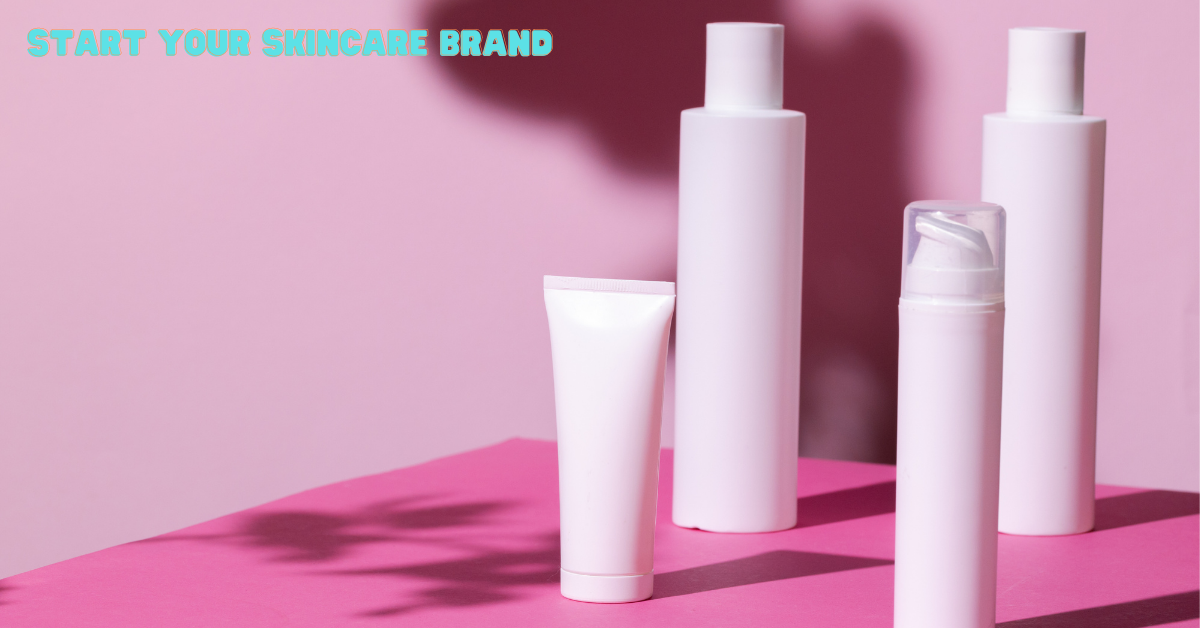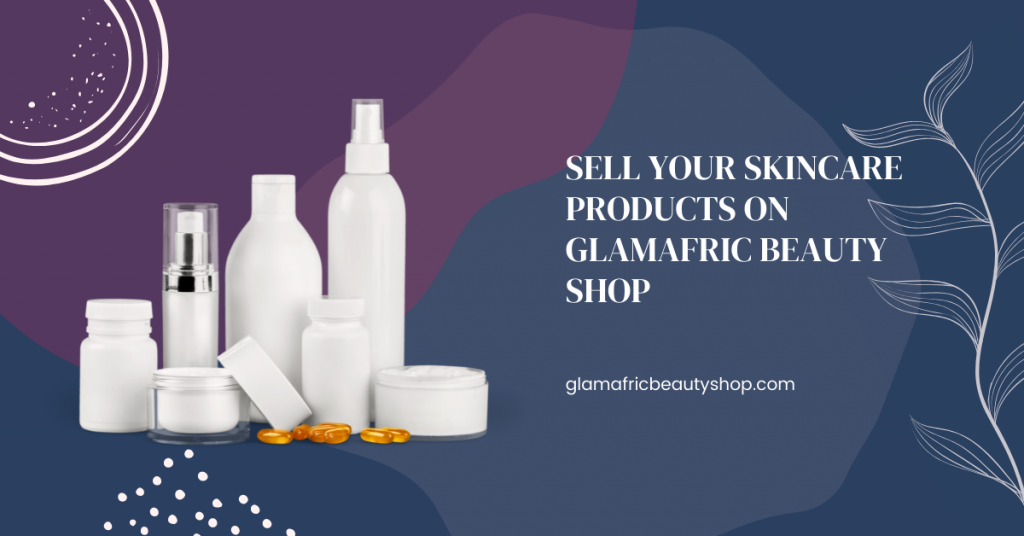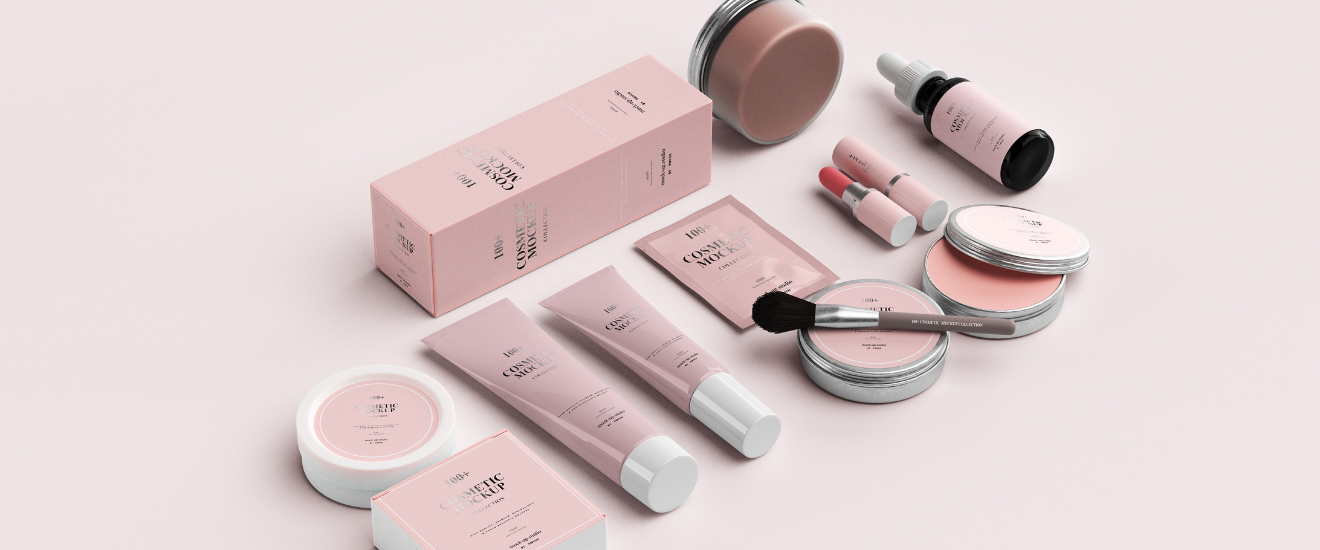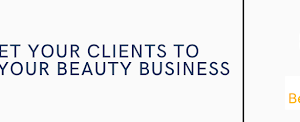
Want to start your own skincare brand in Nigeria but, not sure where or how to begin? In this article, we will take you through the exact steps to take to start your own skincare brand and business in Nigeria without loosing a lot of money or making ton of mistakes.
STEP 1: GET INDUSTRY INFORMED
A lot of new business owners will jump to creating their product, packaging and launching online. Months down the lane, they start struggling to sell their products.
Before jumping in knee deep, research to understand, the price points, the challenges brands are facing in the skincare industry, what works well in the industry and what doesn’t. Research your competition to know the average selling price, their challenges, look at their client reviews, you will learn a lot from these.
This will save you lots of time and energy spent making drastic mistakes and poor investments in your business early on.
STEP 2: PICK A NICHE + TARGET AUDIENCE
The skincare industry in Nigeria is saturated. The best way to stand out in this industry is to find what will make you different from others or what specific problem you are going to solve.
There are lots of problems that exist in the skincare industry: dark pigmentation, acne, blackhead, baby rashes, lack of products for sensitive skin, e.tc. Pick a specific problem that you will be solving for the market using your products. Once you pick this problem, identify the people that have that problem the most and can afford to pay for solutions.
For example, you may decide to focus on clearing damages on skin from poor bleaching products. The people that have this problem are people that have used bleaching creams in the past and those creams ended up hurting their skin.
Later, you can expand your product base to other products if you wish to but, starting this way will make it a lot easier to launch and attract customers early.
STEP 3: KNOW YOUR TARGET AUDIENCE + USP
Defining your target audience goes beyond defining their age and gender. When defining who your target audience, you want to get clear on two key attributes: their demographics and their psychographic attributes.
Their demographic attributes include:
- Age
- Location
- Gender
- Marital status
- Education level
- Income level
- Lifestyle
- Religion
- Language
Their psychographics attributes include:
- Why they buy?
- What their problems are?
- How do they describe their problems?
- What are their dreams?
- What are their fears?
- What are their aspirations?
- Who influences them the most?
It is essential to define these things early on before you start your own skincare brand as it will make it easy for you to sell to your target audience later on as you will be able to speak to them in ways they can relate and they will understand.
Once this is done, you want to define what your unique selling point is. Your unique selling point is simply why your target audience should buy from you over other brands. Please, note that “high quality” and “affordable pricing” are not unique selling points. Everyone says these things nowadays.
Is your brand packaging or ingredients customizable? Do you offer 1-3 days delivery? Is there a method you are using production that makes your product different? Find that unique feature that makes your business or product different from your competition and sell that; let your target audience know
Once done, write these things down in a book, you will need them later
STEP 4: COME UP WITH 1-3 PRODUCT RANGES
For example, say the products you are creating are for giving one’s skin an even tone and for healing skin damage caused by bleaching products, what you want to do at this step is come up with 1-3 products you will sell to solve this problem. Not 5, not 10, 1-3 is enough.
A common mistake people make when starting their own product-based business is OVER STOCKING inventory. Your audience do not need a complete skincare package right now, they need a specific challenge solved, what key products can solve that for them?
A skin damage repair brand for example, can launch a skin evening body cream that helps heals skin discoloration and makes all parts of the skin the same color, a skin discoloration healing body wash or soap and a knuckle cleansing cream.
These 3 products are focused on the core things needed by that target audience. So think about the 3 products you can start your skincare brand with.

STEP 5: COME UP WITH PRODUCT DESIGN
How do you want the packaging to look? Do you want the product to have fragrance? Will it have color? What fragrance and what color? What about texture, thick or light? You want to do your research and map out how you want the product to be designed from packaging to ingredients.
STEP 6: TIME FOR MANUFACTURING
You are now ready to manufacture your skincare product. You can start by searching google for “manufacturers of skincare products in Nigeria” and begin researching the individual companies. Call to make inquiries, visit their websites. You can also search for manufacturers for skincare products in China and begin looking for the best factories to work with if you have the capital for this.
If you are launching an organic skincare brand, a lot of the brands that sell organic skincare products also provide white labelling services. This is where they sell their products to you in bulk and you repackage with your own label. (Don’t worry Rihanna & Kylie Jenna also do this). Reach out to these types of producers and make inquiries.
Read this article https://formulabotanica.com/outsource-skincare-manufacturing/ to learn of all the things you need to get clear on when working through production with the manufacturing company you choose to go with
One key thing to note when manufacturing, unless you have a large audience ready to buy, keep a small inventory. Do not produce large quantities of your products. Better to sell out of your products and have buyers on a waitlist than be stuck with inventory and zero sales.
STEP 7: GET PACKAGING PRODUCTS
Now, your product is being manufactured, you want to order your packaging materials and think about logistics.
You can buy packaging products from websites like Alibaba or use the local market to buy. There are also local vendors on Instagram and google who sell packaging materials, you can research them and reach out to them for images of stock they carry.
This is if you do not have a lot of funds to design your own packaging from scratch. Finding unique packaging materials can be tough when buying from the local market in cities not as big as Lagos. If you also google “buy packaging bottles” or “buy packaging products”, there will be tons of results to begin working with.
For logistics, you want to answer the question of how you will ship products when orders are made, when choosing a delivery company, provide multiple delivery service options for your audience. You can provide pick-up delivery where customers go and pick up in their city and doorstep delivery where the customers get the product at their doorstep.
This means that delivery prices can range from lower fees to higher fees depending on what the buyer/customer prefers. You can also go to different delivery companies to get their preferred delivery charges. That way, you offer delivery at different rates based on company, the customer can then choose which fees and companies they prefer. You also need to decide on shipping boxes or bags. All these things are decided at this stage and bought.
STEP 8: SET UP SOCIAL MEDIA
Which social media platforms are you familiar with? Now, which ones do your target audience members hang out on? Choose one you are good at and focus on that one.
Do not make the mistake of trying to be everywhere too soon. You will burn yourself out, instead, focus on one platform and build a strong audience there. You can always build on other platforms after one has taken off fully.
A good thing to do will also be to build an email list with all potential customer emails, full names and phone numbers. You cannot depend on social media to access your customers as the algorithms can work against you any day.
Set up your preferred social media handle very well for conversion, create your content and begin posting.
STEP 9: BUILD YOUR GO TO MARKET PLAN
How will you get in front of your target audience? Most people launch their skincare brand believing that once they launch, customers will fall from heaven and find them.
This is rarely ever the case. You need to have a clear plan for how you will let your customers know you exist and a plan to convert them into paying customers. A great way to get customers to find your products or know you exist is to launch on marketplace platforms like GlamAfric Beauty Shop, Jumia or Konga.
These platforms already have existing customers who come to buy from them and so, selling on them could be a great way to get in front of your target audience.
STEP 10: EXECUTE YOUR MARKETING PLAN
It is not enough to have a marketing plan; you need to be able to see it through. Being able to see your marketing plan through means building a list of things to do for marketing properly, then creating everything you need to execute the things on the list and then, ticking things off one by one from the list.
This is what executing your marketing plan look like. A lot of new entrepreneurs will create a marketing plan and not see it through after a few days because they aren’t seeing the results they wanted to see, don’t do this.
You may not see sales start coming in on day 1 or 5 but start to see sales by day 7, keep showing up and see your plan to the end.
I hope this article helps you on your journey as you start your own skincare brand.






